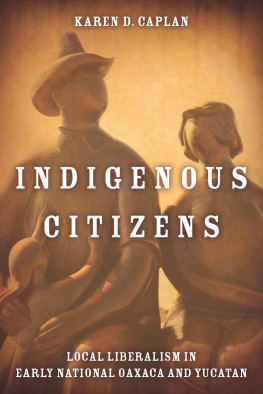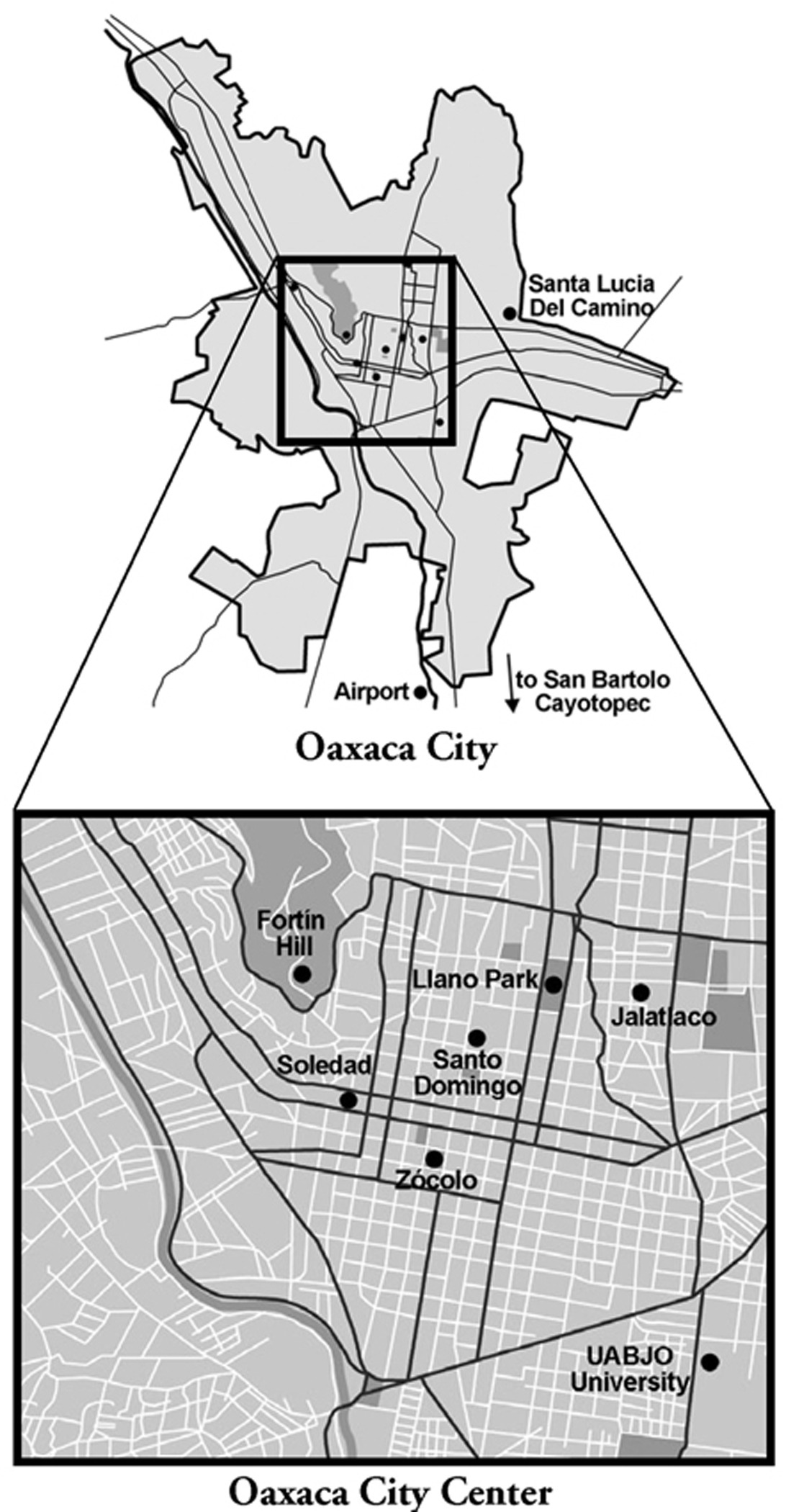This book is the result of the collaboration of members of the C.A.S.A. Collectives. C.A.S.A. ( Colectivos de Apoyo, Solidaridad y Accin or Collectives for Support, Solidarity and Action) are centers for solidarity work in Oaxaca and Chiapas, Mxico. C.A.S.A. facilitates the work of international activists as human rights observers, independent journalists and volunteers for grassroots organizations. For more information, see www.casacollective.org.
See section entitled PHOTOGRAPHY for photo credits.
PREFACE
By Diana Denham and Laura Bk
It was July 2006, just one month after the police attack on striking teachers in Oaxaca, when we began to weave our way through the colorful plastic tarps that lined the streets. These makeshift tents sheltered a massive social movement that seemed to have formed almost overnight. The tens of thousands of people camped out in protest were reading newspapers, holding meetings, updating each other on the latest events ... and sewing. As far as we could tell, the face of the revolution was a sea of embroidering women, patiently awaiting the resignation of their repressive governor. And we wondered, were these the urban guerrillas decried in the mainstream media? Despite the fact that armed attacks against protesters were organized by the government, it was movement participants who were constantly demonized as violent and menacing in state-run and commercial media.
A group of international activists, human rights observers, and volunteers for grassroots organizations, our collective hoped to learn as much as we couldfrom up closeabout the uprising that had taken over a city and captured the attention of the nation. What we saw and lived would transform the way we understood movements for social justice in our own countries and connect us to the people of Oaxaca in ways we had never anticipated.
As the movement took hold across the city and beyond, state brutality continued while tactics of organized civil disobedience intensified in response. The social movement began to seize government buildings and organize alternative systems of self-governance. By the end of the summer, Oaxacans began to raise barricades in neighborhoods all over the city to defend themselves against attacks organized by the government. Late one Saturday night, we were walking back to the house in the occupied city when we got our first taste of community based self-defense. A fire was lit on our street, and a woman with a flashlight checked all the cars that lined up to pass. We stopped to talk with our neighbors standing guard. While some of the barricades around the city were made of cars, buses, or large stones, the one on our street had a more homemade look: bricks, wooden crates, a broken washing machine, a cardboard cut-out of a cactus that looked like it belonged in a high school play, a plastic skull. Someone brought us coffee and we stayed for awhile chattingin the midst of their stories and laughter, our neighbors told us that they were prepared to risk their lives for what they believed in. Radio Universidad was on in the background, playing music to keep up the spirits of the people at the barricades. When it was time to head home that night, eight women from the barricade, all armed with baseball bats, escorted us down the street to our house to ensure that we got there safely.
Everyone could feel the tension rising. Glued to our radio during the entire month of October, we listened to the calls for peaceful resistance and reinforcement at the barricades under attack. At the end of October, there was an urgent knock at our door in the middle of the night; a friend arrived seeking refuge. He had been forced to run for his life when forty armed men in unmarked vehicles showed up and opened fire at a nearby barricade. All over Oaxaca, the same thing was happening.
By the end of the month, thousands of federal police troops had invaded the city and their helicopters circled low, stirring terror in all of us and dropping teargas at any confrontation. Radio Universidad urged people to go outside with mirrors to blind the helicopters, and we watched from our rooftop as our neighbors held up their mirrors each time the helicopters flew overhead. The valley below filled with shimmering light as people throughout the city did the same.
We watched as the invasion of federal police violently displaced the barricades and the plantn encampments, turning the once lively, colorful zcalo into a military base. Some bold people approached the rows of armed riot police, handing them flowers, reading passages from the Bible or waving the Mexican flag to remind them that they, too, are pueblo. Your skin is dark like ours. Youre being used to do the governments dirty work, but youre working class people just like us, we heard the people shout to the police. We watched as two young girls timidly approached the men with a can of paint. Should we do it or not? they seemed to whisper to each other before they began to paint the shields, one by one, to spell the word ASSASSINS.











